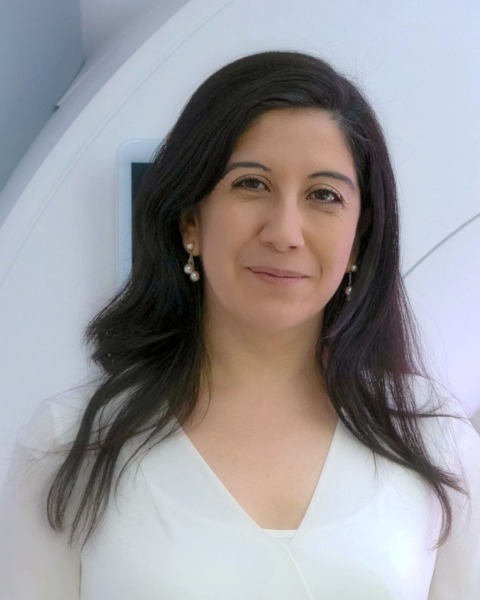Rapid Fire Abstracts
Free-Breathing Respiratory-Resolved 3D Lung MRI for Three Sequences at Low-field (RF_FR_408)
- PP
Pablo Pino, MSc
Research Engineer
iHEALTH Millennium Institute, Chile - PP
Pablo Pino, MSc
Research Engineer
iHEALTH Millennium Institute, Chile 
Claudia Prieto, PhD
Professor and Director for Research and Innovation
School of Engineering, Pontificia Universidad Católica de Chile, Chile
Rene Michael M Botnar, PhD
Director and Professor
Institute for Biological and Medical Engineering
UC Chile, Chile
Presenting Author(s)
Primary Author(s)
Co-Author(s)
MRI has been shown to be a promising approach for non-invasive radiation-free lung imaging. However, the lungs generate a low MR signal at conventional field strengths due to their low proton density and tissue susceptibility differences. Low-field imaging mitigates these challenges, offering a promising alternative for diagnostic lung MRI. In this study, we propose a free-breathing approach to enable respiratory-resolved 3D lung imaging at 0.55T for three different sequences.
Methods:
Data was acquired in 5 healthy subjects on a 0.55T scanner (MAGNETOM Free.Max, Siemens Healthineers), with three sequences: a bright-blood bSSFP sequence (CMRA, Fig 1a) [4], an interleaved bright and black blood bSSFP sequence (BOOST, Fig. 1b) [1], and a Proton Density (PD) sequence with 2-echo Dixon readout (Fig. 1c). In each case, the acquisition was performed with VD-CASPR Cartesian trajectory and incorporated an image-navigator (iNAV) to estimate and correct for respiratory motion at each respiratory stage.
A motion-corrected respiratory-resolved reconstruction framework (Fig. 2) was used to reconstruct a volume for each respiratory position [1,4]. The framework involves 4 steps: (1) the respiratory motion estimated from the iNAV is used to sort the raw data into 4 respiratory bins; (2) a low quality image is reconstructed for each bin; (3) 3D motion fields are estimated from the bin images using non-rigid registration [2]; and lastly, (4) all the raw data is motion corrected using the estimated motion fields and reconstructed to each respiratory state, using HD-PROST regularized reconstruction [3].
Results:
Motion-corrected respiratory-resolved images for CMRA, BOOST (first heartbeat) and PD sequences are shown in Fig. 3. The lung vessels and other anatomical structures are clearly delineated across the respiratory phases, from inspiration to end expiration. Maximum intensity projection (MIP) images show clear delineation of the lung vasculature.
Conclusion:
A motion-corrected reconstruction framework was implemented to produce respiratory-resolved volumes for three lung sequences at 0.55T. Future work will investigate improving depiction of respiratory motion by interpolating the motion fields and/or increasing the number of bins. Additionally, other 3D sequences, such as UTE, will be investigated to assess the lung parenchyma and other structures.

